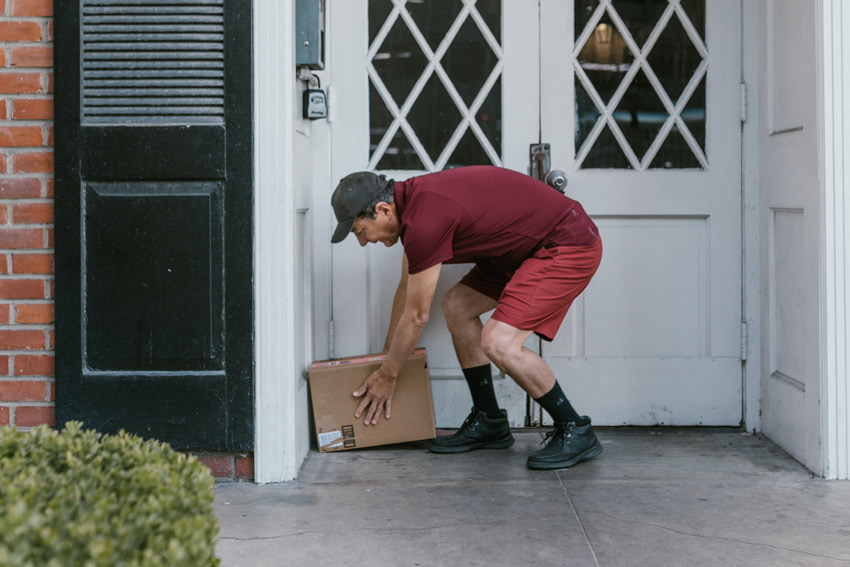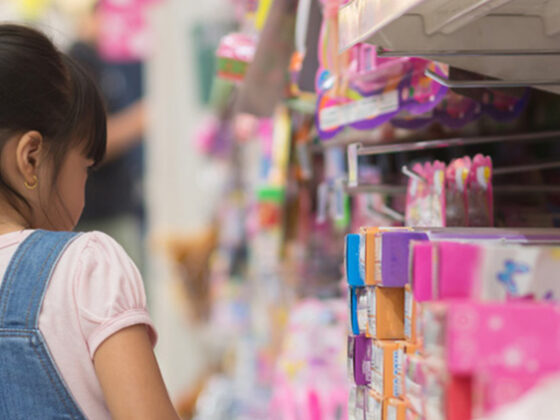I become frustrated with the persistent notion that the sky is falling and that retail has reached its endgame. Yes, the pandemic exacerbated a situation that was largely already in progress – consumer habits were changing, some brands weren’t paying attention to shifts in consumer behavior, and everyone had too little cash and too much inventory. Not enough effort was being made on a regular basis to evaluate locations and location strategy. For those brands and retailers that had not been future proofing with scalable technology and total integration among all channels, the pandemic was even more painful.
The Changes Forced by the Pandemic Were Already Coming
There was already competition to own the last mile in ecommerce. There was already a shift away from homogenous, flagship-driven store designs that looked the same whether you were in Santa Fe or Boise or Albany. This has all been accelerated as a result of the pandemic, but it was coming anyway. So, I disagree with all the apocalyptic naysayers who claim that retail is dead. As I did before the pandemic, I’m seeing hope for a more mindful, more strategic, and more localized retail strategy going forward. The pandemic just forced everyone’s hand. The three trends in retail that I’m watching are DTC, DEI, and Experience.
The retail industry was struggling even pre-Covid. It was homogenized, and often, clients had no clue how many stores they actually needed and where they should go and what to present. For a company to be connected strategically – it’s more iterative and flexible than ever before. – from my interview with Chute Gerdeman
DTC
There is enormous opportunity in brick and mortar – and many retailers who were solely ecommerce are now opening stores. According to Chute Gerdeman,
Although we live in a world infatuated with digital, consumers still crave activity. An online presence can help brands establish themselves, but it’s the experience that builds relationships. 81% of Gen Z consumers state that they’d rather shop in-store than interact with brands digitally. As we brace for a world with no restrictions once again, brands are seizing the opportunity and going directly to the consumer.

The shift to DTC was already well under way when the pandemic started. That it’s more accelerated now just means that the opportunity we predicted would exist is here. And the truth is, consumers don’t care. One in three see no difference between buying from a DTC company versus a traditional retailer – a number that doubled from just a year ago. Big brands are making the transition:
- Adidas plans for DTC to make up 50% of sales by 2025
- Thirty-five percent of Nike’s revenue now comes from DTC sales
Accounting for 40% of its sales, Levi’s is now considered a DTC powerhouse
DEI
Consumers are paying attention, not just to whether or not your company embraces sustainability practices but also where you stand socially and civically. Diversity, equity, and inclusion – DEI – aren’t just terms for HR anymore. Consumers want their brands to demonstrate that same inclusion in an authentic way, beyond their hiring practices. Representation matters. Social justice, diversity, and inclusion are more than just buzz words.
You can’t just rename your brand or add diverse people to your advertising images if you aren’t following through in systemic ways. Consumers are paying attention to where your brand is putting its political dollars, how you’re working in your community to improve lives, and what you stand for. And there’s no remaining above the fray and not taking a stand. Silence is a stance, too. ImpactPlus sites the 11 most effective inclusive marketing campaigns by brands – but the marketing only works when the philosophy of the company matches the message.

Experience
The future of retail is experience. Consumers are ready to shop. Thirty-three percent of consumers expect to do more in-store shopping. The fear that was keeping shoppers at home is subsiding as vaccine rates increase. But consumers will not let go of the convenience they’ve enjoyed with transactional shopping, either. If it’s a practical, repeated, or mundane item, it may always be something they order online and have delivered. So, if you’re trying to pull people into your store, what are you going to do to get them there, keep them there, and get them to spend? Here are some thoughts I have about how every retailer can do this:
- Recognize that even your most loyal customers have gone through a significant, and likely permanent, change in priorities. You need to get to know them all over again. Your old data is useless. Consumers as a whole are leaning local, and they are keenly aware of not only your social impact but your efforts at safety. Make changes to your retail locations to better meet your customers’ needs – and redesign your locations to allow for more personalization, improved safety, and product showcasing. Combine that with more choice – from how to buy to how to get the product home.
- Shoppers do not differentiate between your app, your store, your website, or your social media platforms – and you shouldn’t either. Information about your customer’s journey, their ability to contact you regardless of platform, and your access to information about what they want and what they’ve already communicated should be transparent across every system.
- Listen to your customers and to your employees on the floor. They’ll often tell you what they need and how they need you to meet their needs, if you will provide them with the means to do so. From self-checkout options to personal shoppers, listen first, then act.
- Flexibility is key. The agility the retail industry embraced during the pandemic must continue. Needs will continue to change. Technology will continue to accelerate. Responsiveness will be critical.
For all that’s changed, so much is still the same. Care for your customers and make sure they know that you do care. Provide quality products. Be consistent and be authentic. Meet your customers where they are. And develop a retail strategy that embraces these goals.




